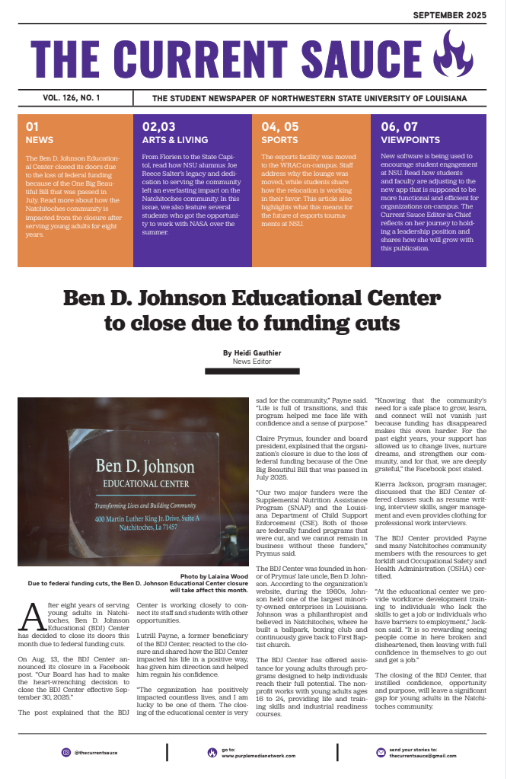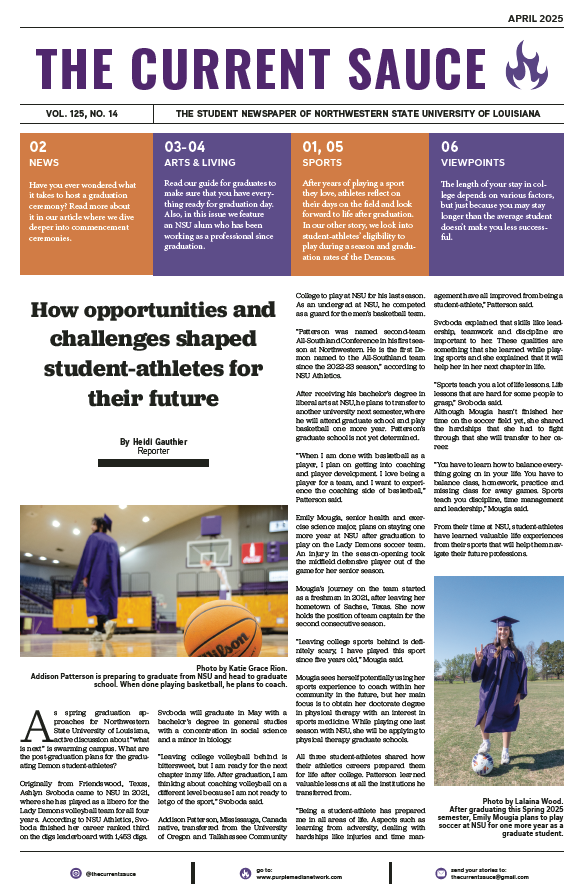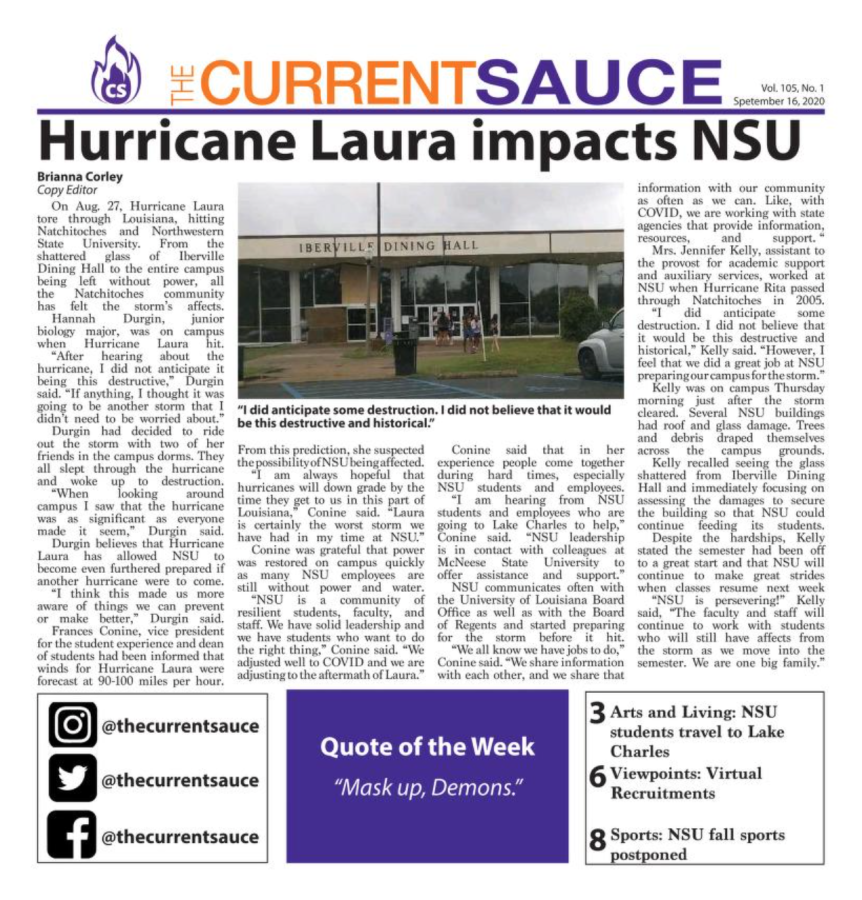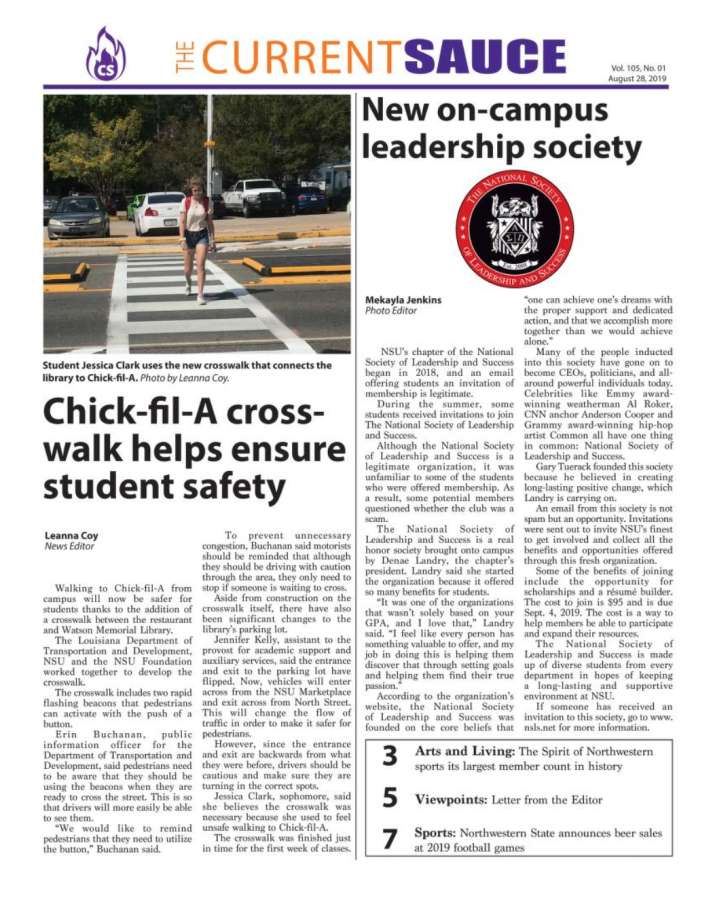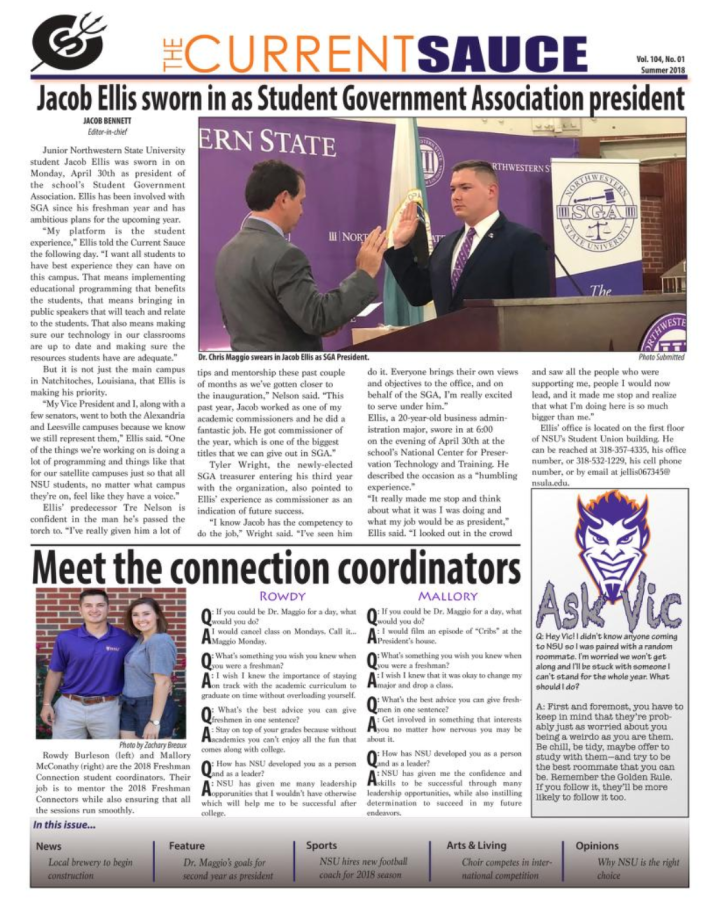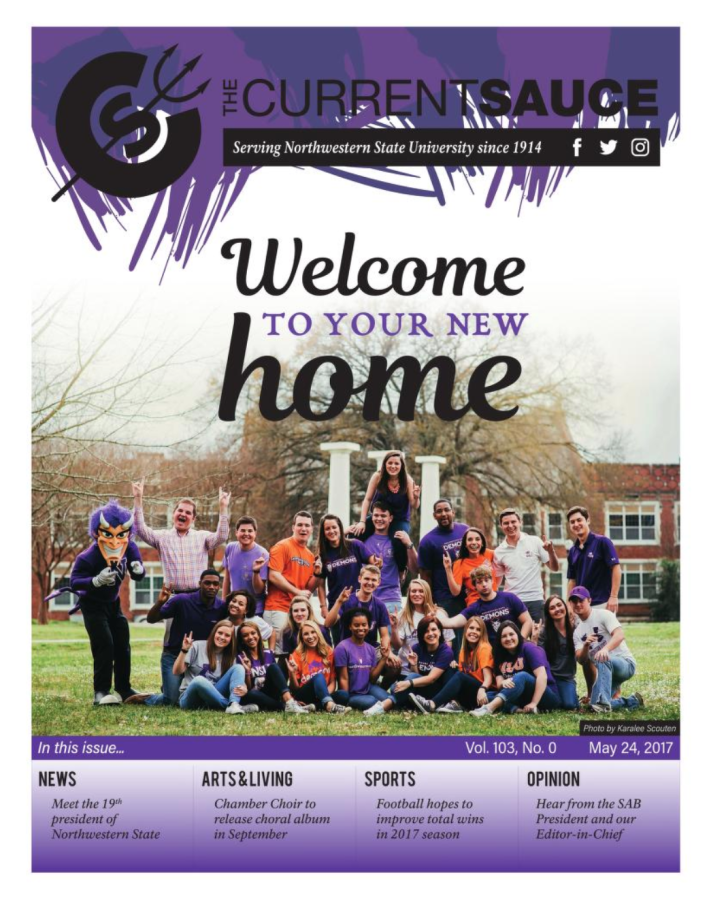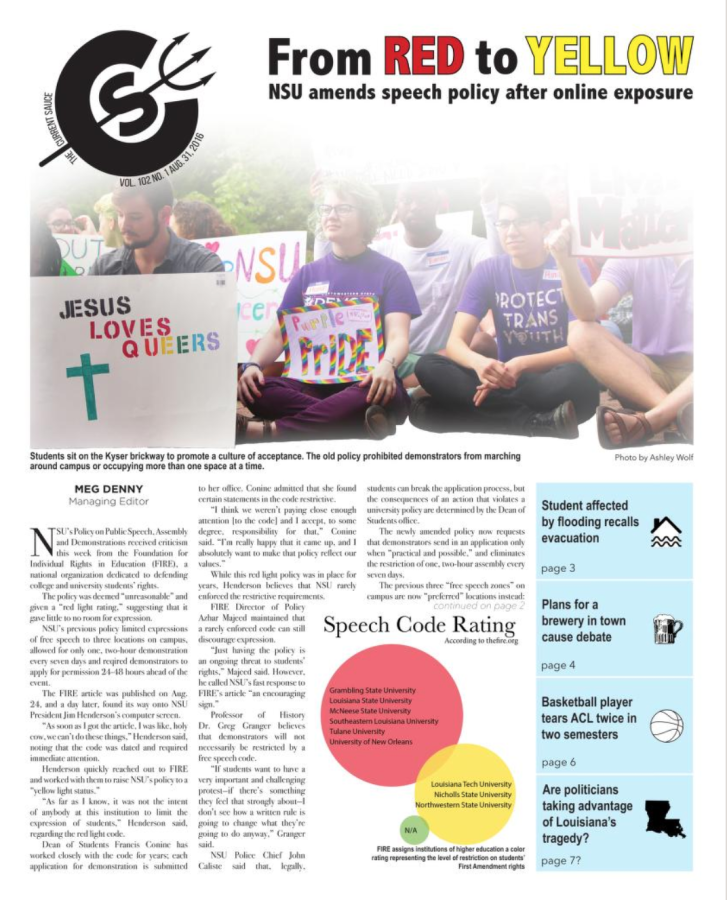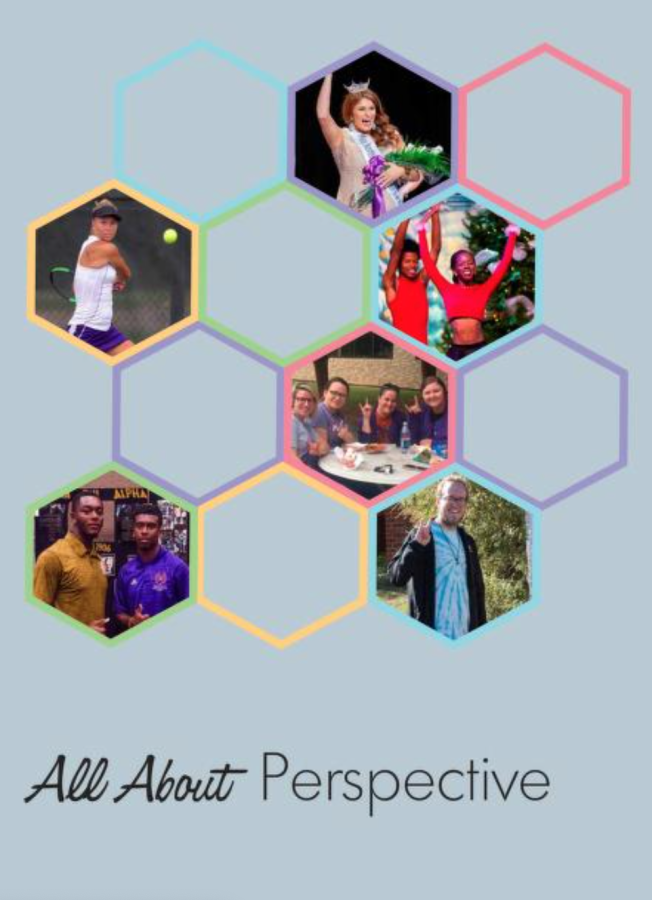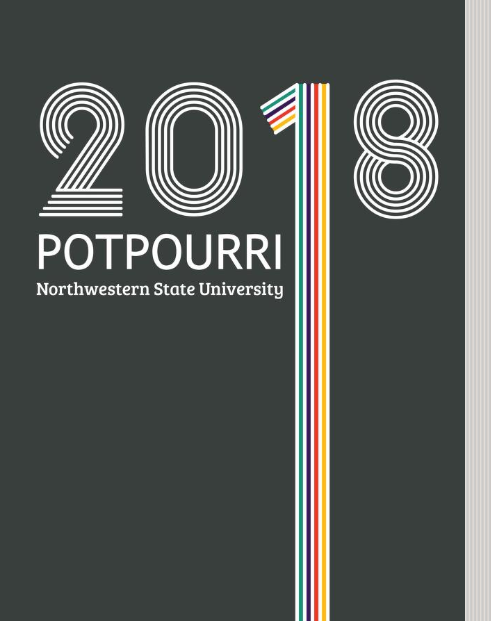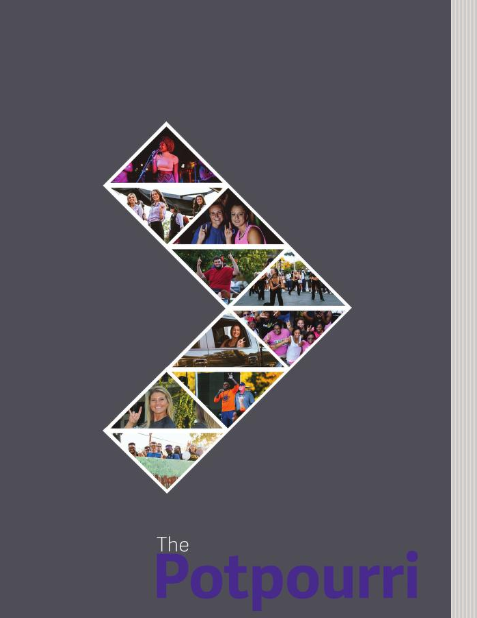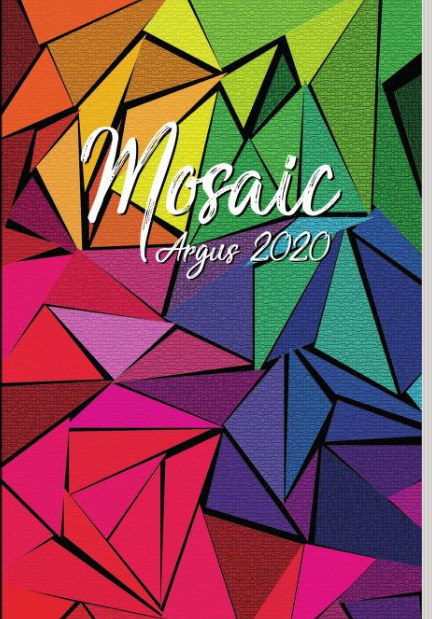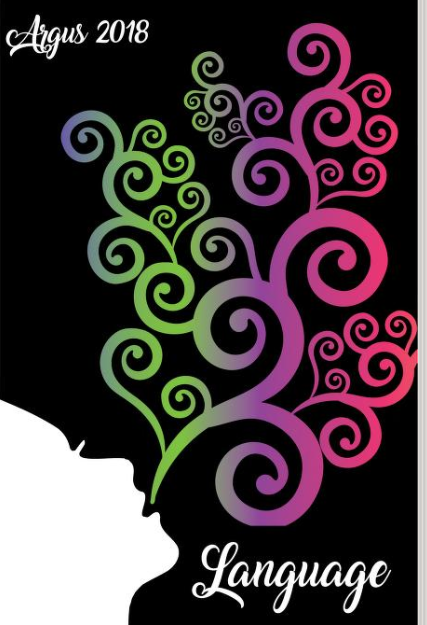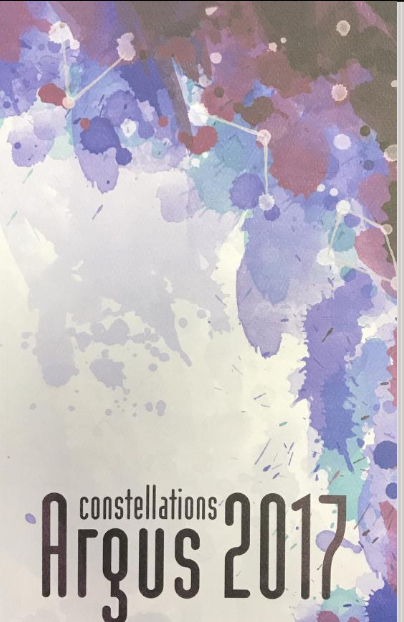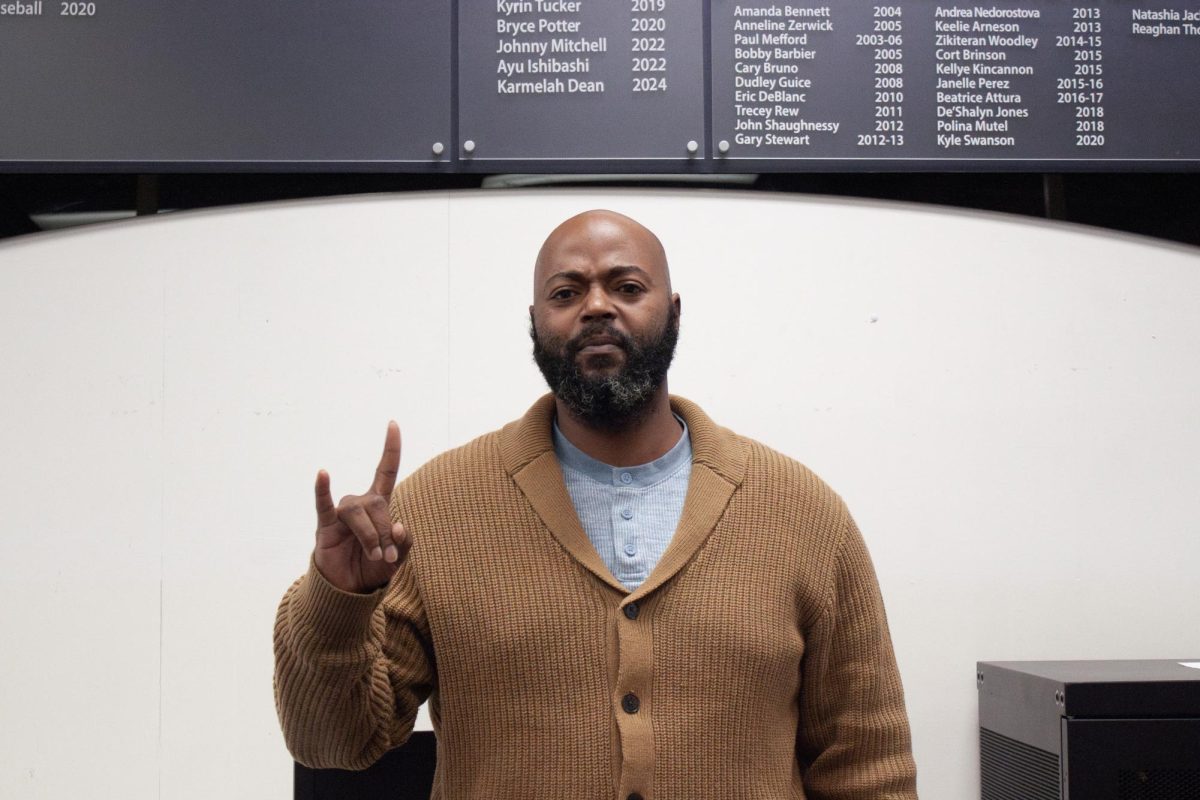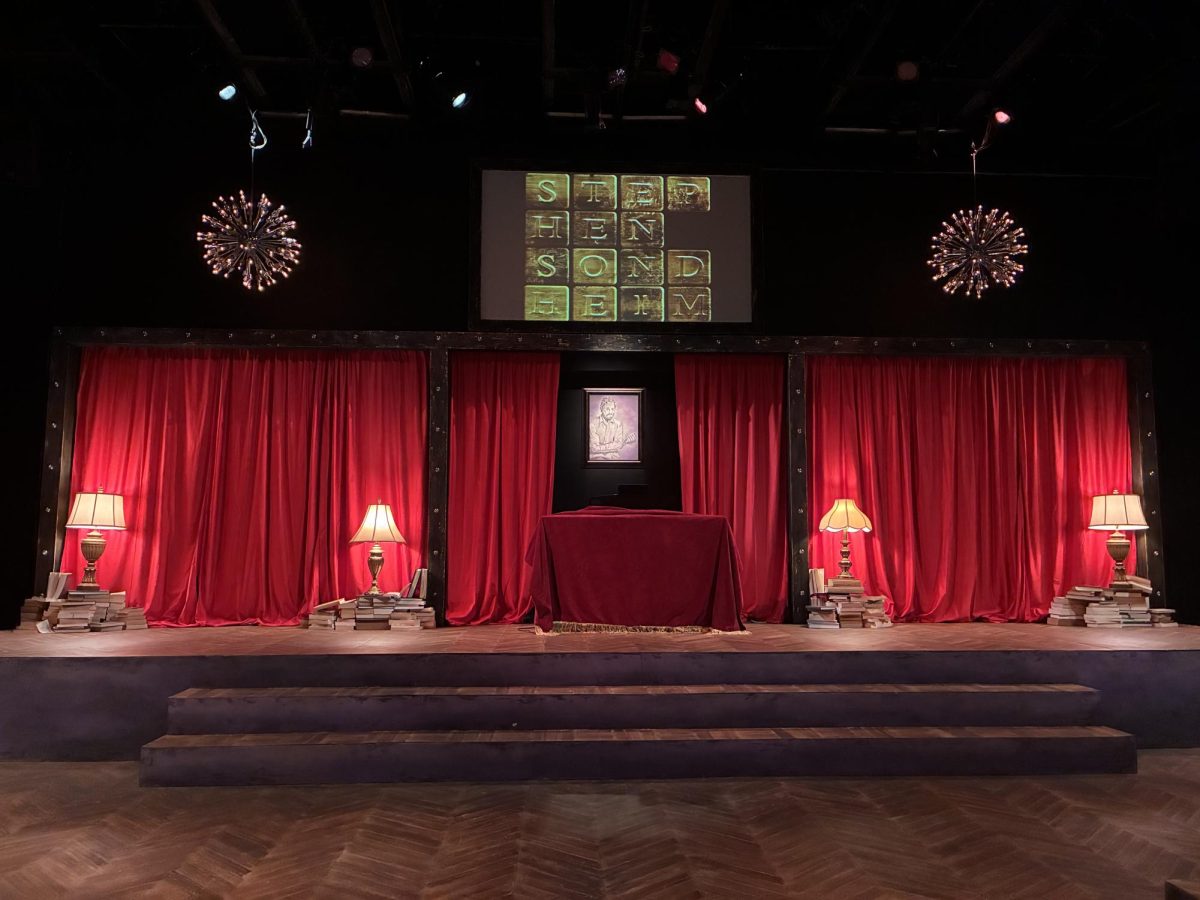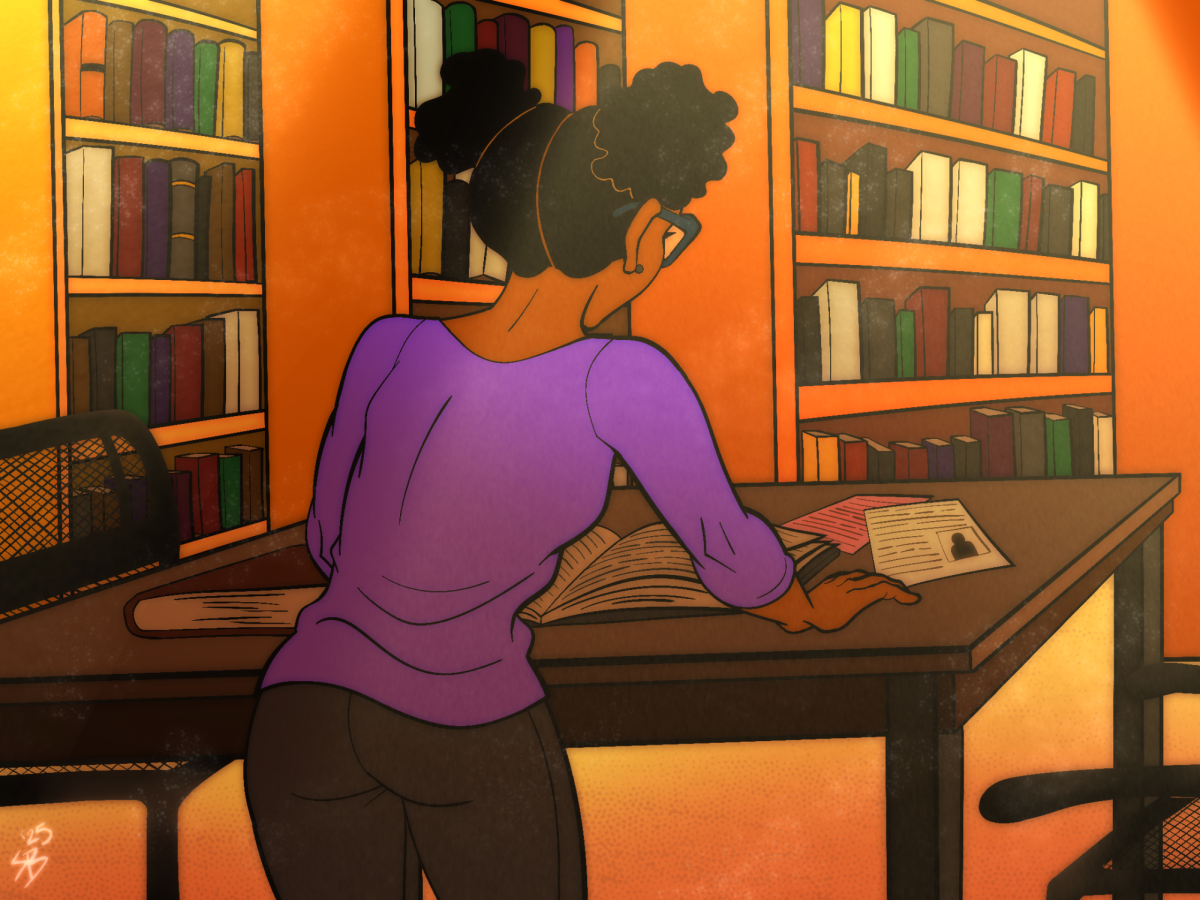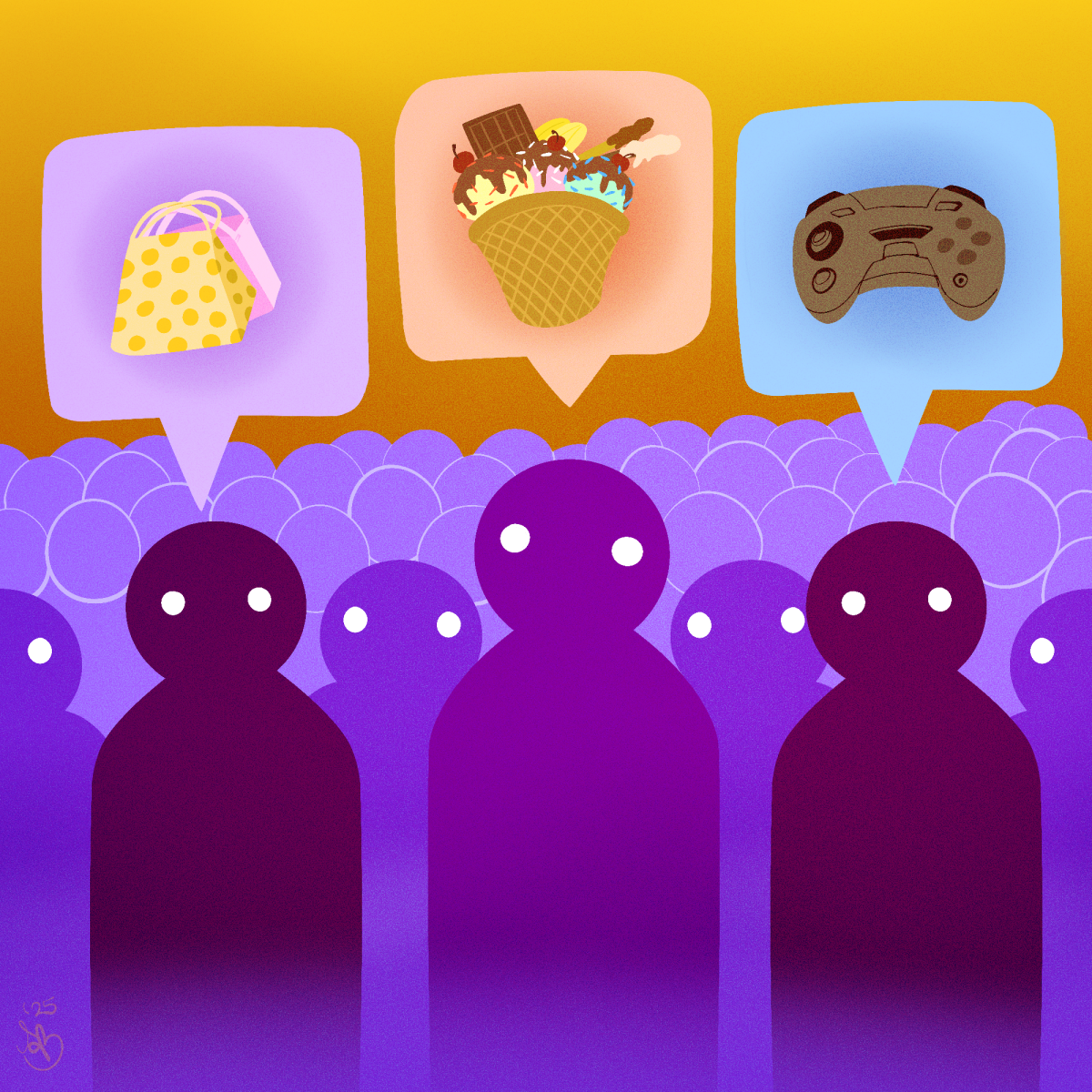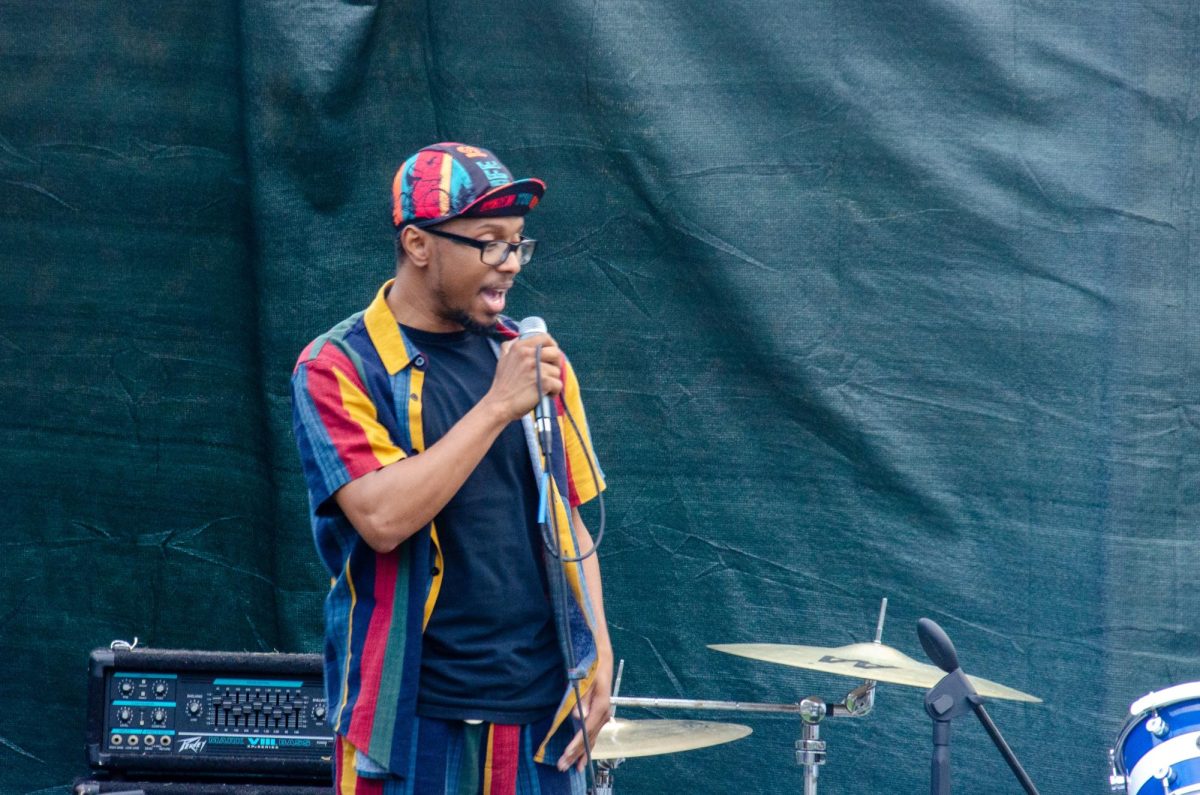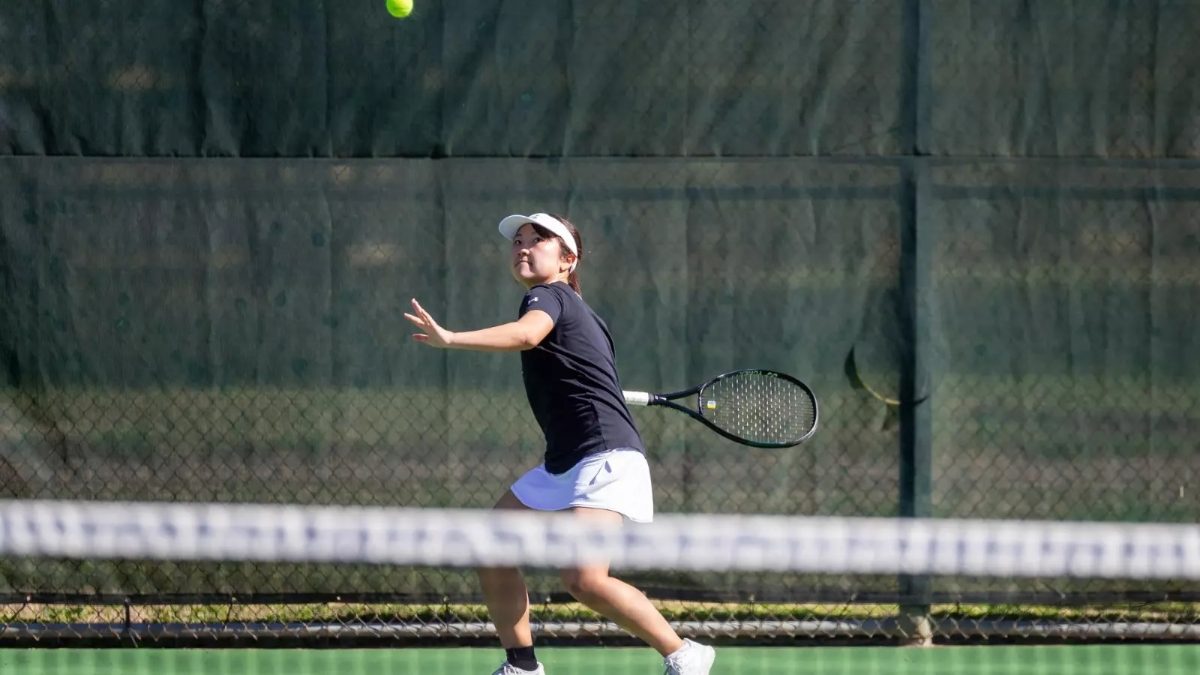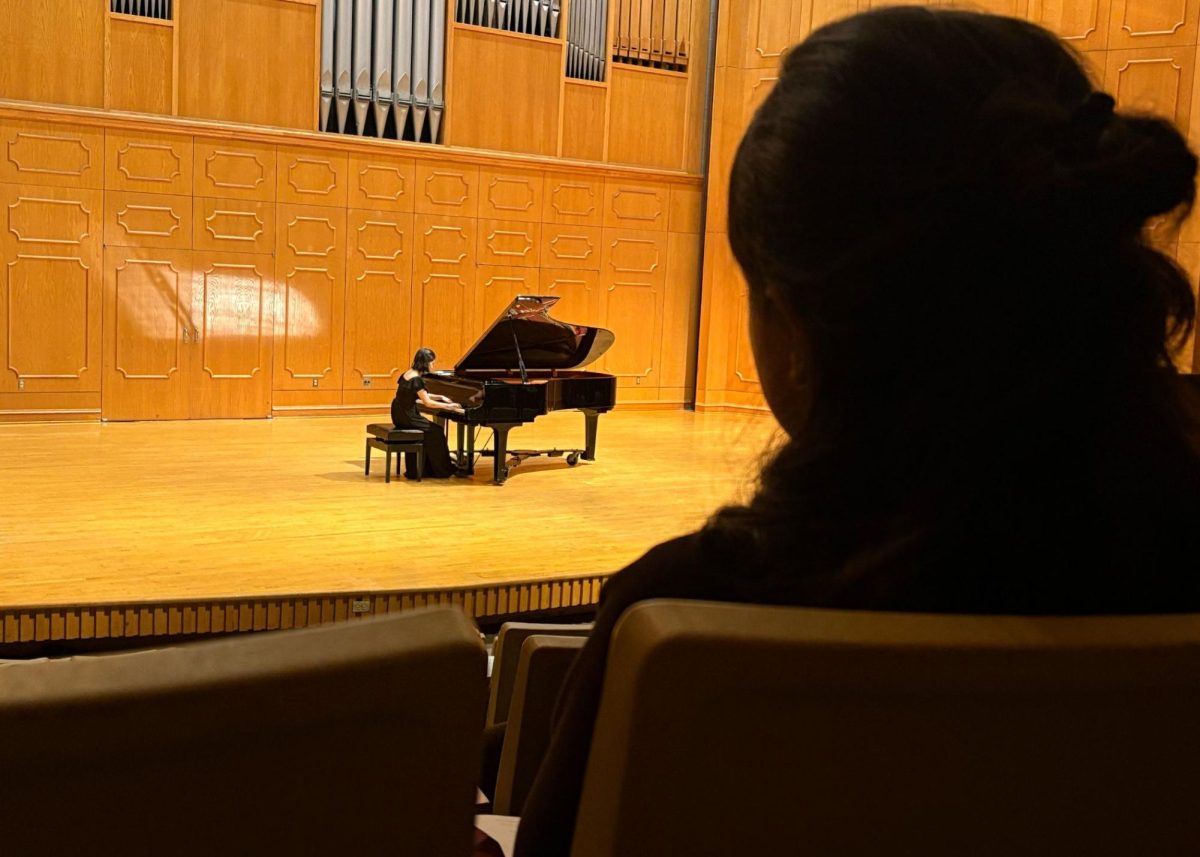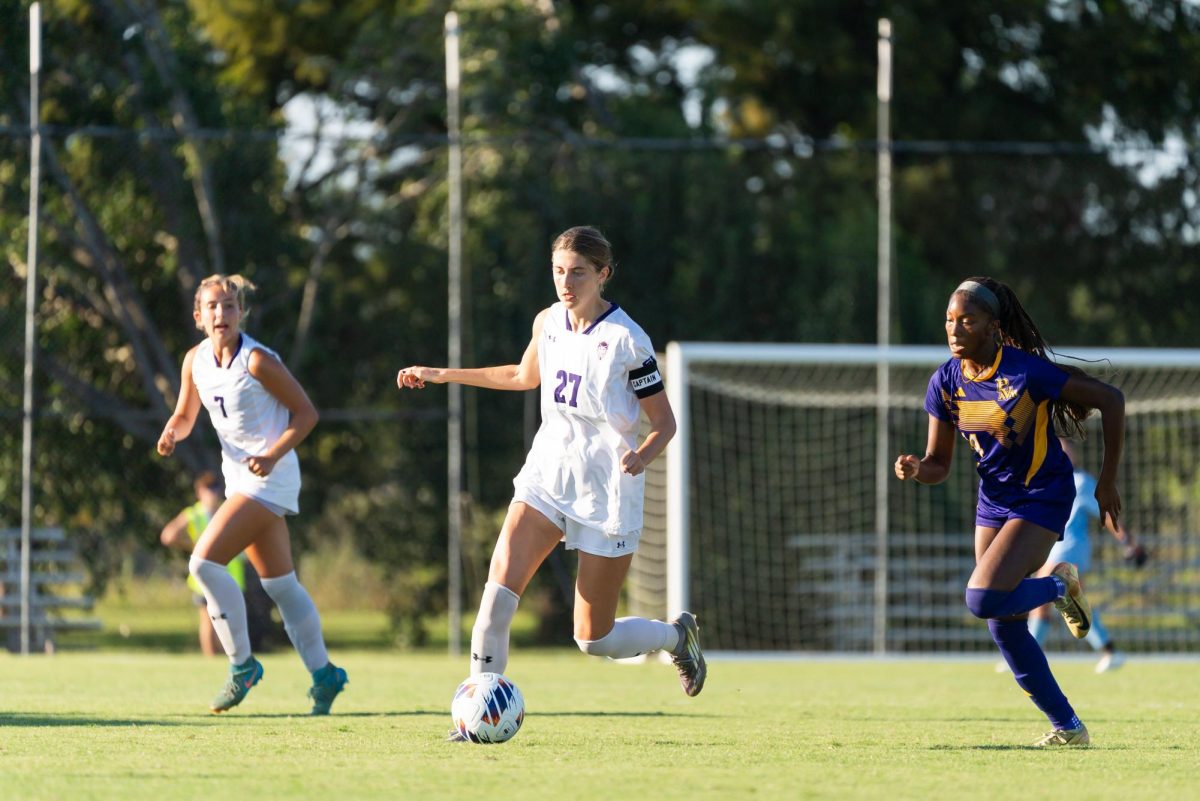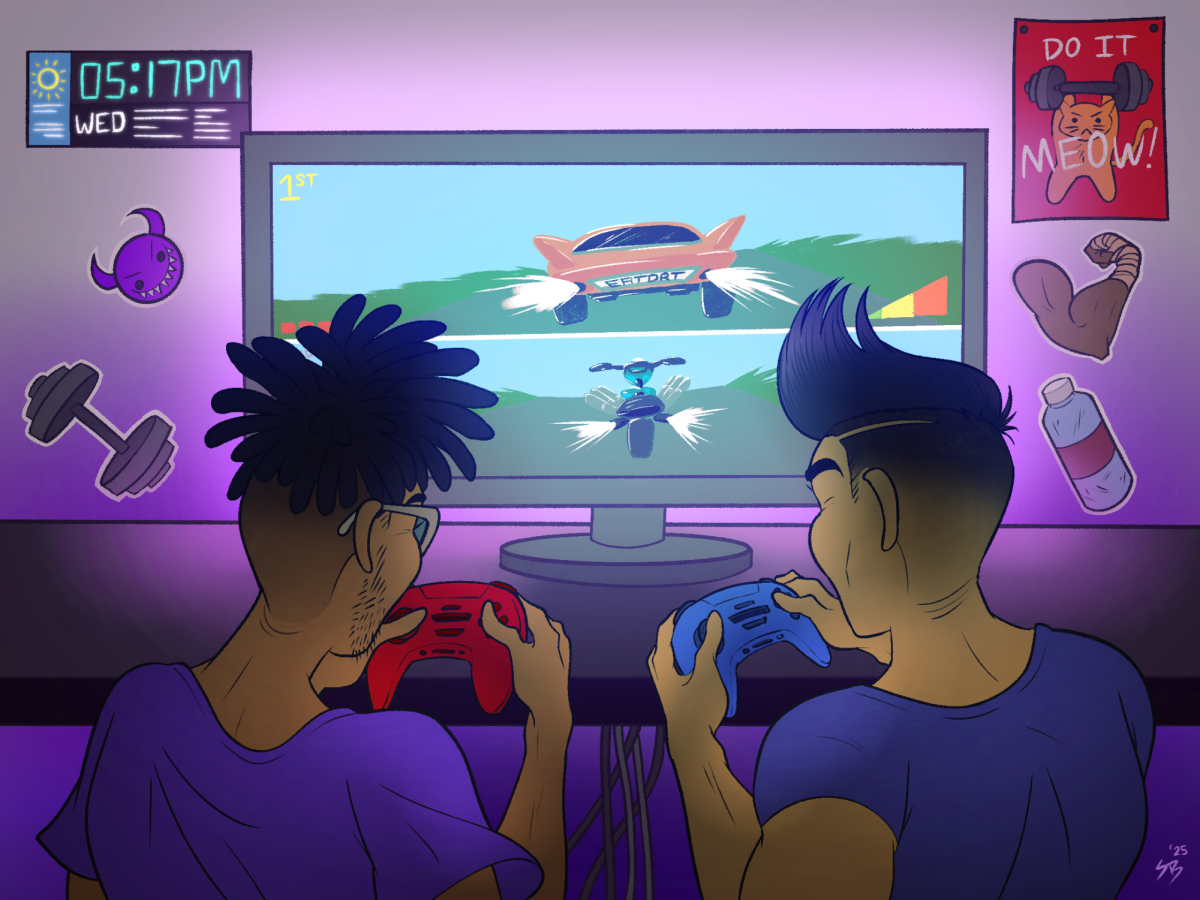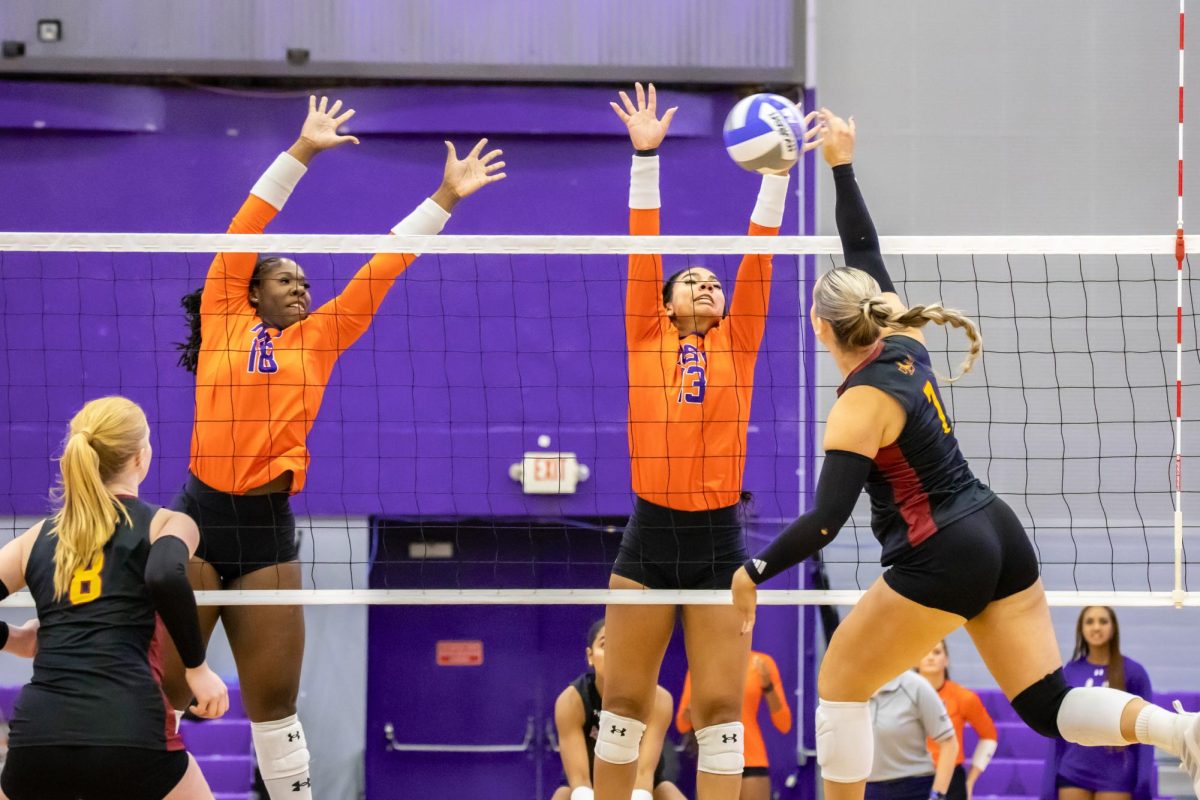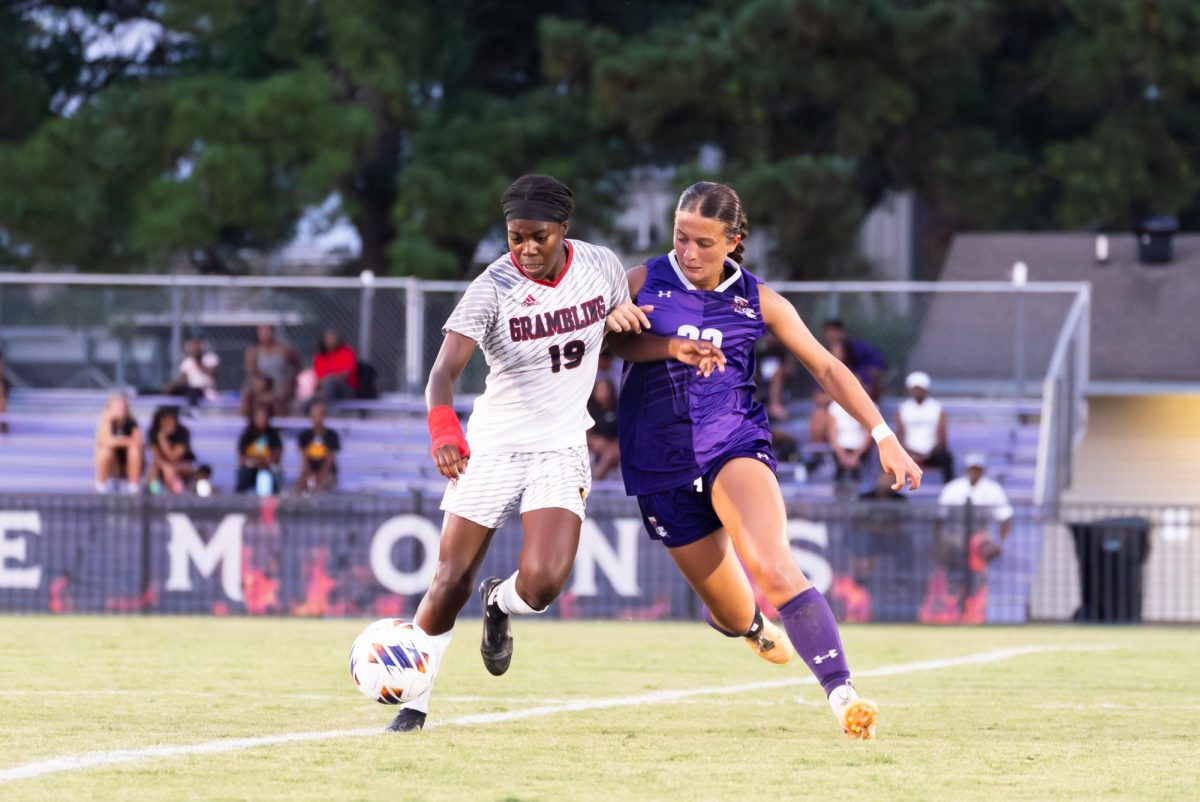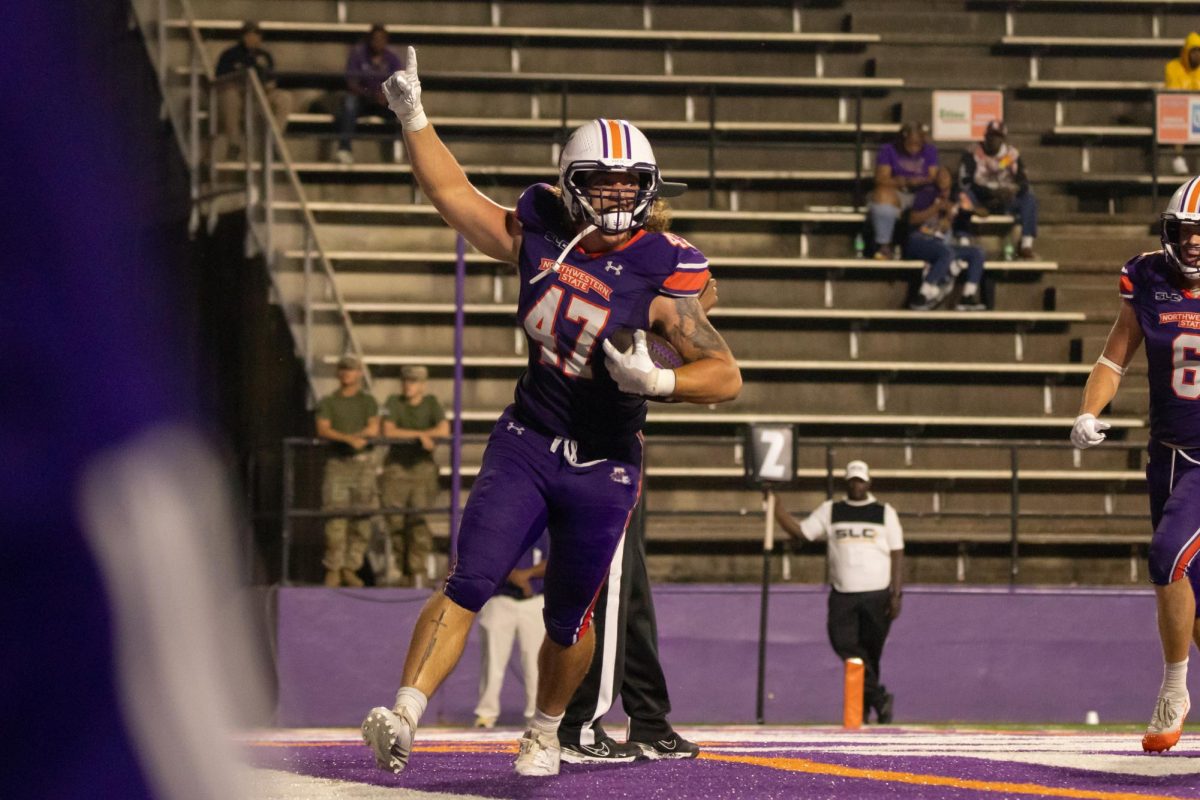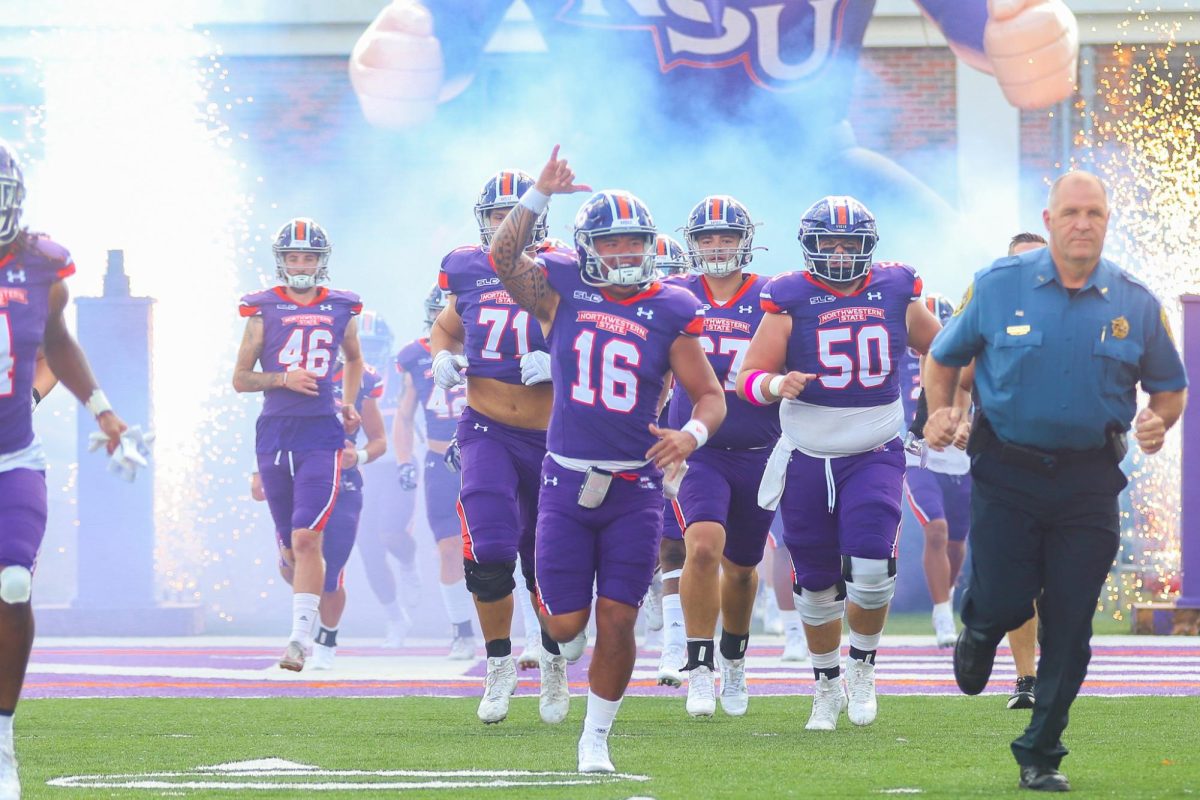February is a cornerstone for students, student-athletes and faculty alike as they celebrate Black history, culture and contributions to both the sports world and society. Whether on the field, the classroom or profession, the lack of Black representation within a wide variety of areas is apparent to many individuals.
Ventric Fletcher, assistant athletic director for student-athlete development, views Black history as a guiding factor in his personal values as a fourth generation historically Black college and university (HBCU) student.
Fletcher heard stories growing up about his grandparents being expelled for marching in the Civil Rights Movement in Atlanta, Georgia. After studying history, political science and the larger social sciences at Southern University and Agricultural and Mechanical College at Baton Rouge, he has a broader understanding of the importance of incorporating Black History Month into his work with student-athletes.
“I use the lessons I’ve been taught from those who have fought for equality in different areas to guide how I interact with my student-athletes, whether they are Black, White, blue, green or the other,” Fletcher said. “Just so that they, one, have an understanding of how to treat people on a personal level, but two, of the importance of the continued fight for equality and equity and justice throughout all that we’re doing.”
Between pro leagues and college conferences, he explained that intersectionality plays a large part in the sports world. According to the George Washington University Intersectionality Research Institute, “simply put, intersectionality is the concept that all oppression is linked, and people are often disadvantaged by multiple sources of oppression: their race, class, gender identity, sexual orientation and religion, just to name a few.”
Fletcher explained that Black History Month is a larger part of student-athlete development, and keeping the significance is important to engage in civic and cultural development, not only within NSU and the Natchitoches community, but on a national scale as well.
“So teaching about individual and collective rights, teaching about more tangible or actionable items like voting rights, the right to protest and the right to gather. The ability to teach about those things, it all stems from early education in those areas,” Fletcher said.
Athletics isn’t the only field that struggles with diversity, its support fields are also in need of more representation.
According to an article written by American Progress, “White students also lead their black counterparts in a few other important subjects, many of which are in science, technology, engineering, and math fields (STEM). White students are more than twice as likely to graduate with degrees in physical sciences, mathematics and statistics.”
Although representation within the science and medical field is increasing, there is still a gap of Black individuals within certain academic programs. Madison Adams, junior nursing major, sees this first-hand in the medical field despite the noteworthy progress that has been made.
“The healthcare workforce does not fully reflect the diversity of the communities it serves,” Adams said. “Having more diverse professionals in the medical field is essential not just for cultural competence, but also for creating an inclusive environment that supports everyone.”
Joreya Milton, junior biology major, also believes representation and diversity is important amongst the medical field because there are not a lot of minorities in the medical field to begin with.
“I think it’s important for people who don’t think they can do it or people who are discouraged by the lack of diversity to know they are people like you who did the same thing and made it,” Milton said. “I think inspiration is so important for our community.”
Milton feels there is a lack of representation in the cardiology field that she hopes to go into after graduating. She explained that Black historical figures within the field are less known.
“The first successful open heart surgery was performed by an African American cardiologist named Daniel Hale Williams and not many people know that, which is why I don’t think there is enough representation for the Black community,” Milton said. “Research the people who paved the way for the Black community and be inspired. Find it in your heart to believe you can and do it because you can, and you are just as important as the next person.”
Although the field of athletics is different from the medical field — in terms of it being a performance-based industry that is judged on wins and losses rather than saving lives — it is important to diminish discrimination within both.
Fletcher explained that it’s vital to recognize personal identity versus identity developed by negative connotations. Addressing and combating stereotypes or biases that minority groups may face is the harsh reality for many individuals.
“You’re more than who they think you are, so no matter what, as long as you have in your mind the version of yourself that you strive to be, pursue that regardless of what anyone says, regardless of what anyone does, regardless of what obstacle. If it’s an obstacle, a few things can happen. You can go over it, you can go under it, you can go around it, get to the goal at some point,” Fletcher said.
He explained that, specifically, Black student-athletes becoming in tune with their identity on and off the court is key to overcoming the reality of discrimination.
“When you’re in sport’s mode, the name on the front of a jersey means a little bit more than the name on the back. But when you’re in the campus community, the name on the back of the jersey should be at the forefront,” Fletcher said. “Be open to learning your why, being able to develop a set of core values that guide you. You may develop a skill set and really invest in academia and community service and campus involvement in the same way that you invest in your sport.”
Fletcher stresses the importance of advocating for not just Black student-athletes, but also other minority groups as they run into forms of discrimination. Taking any action, seeking to understand and identify root causes and trying to determine the best course of action as an ally is important when moving forward, Fletcher explains.
“It goes without saying that the minority fight for equality, whether it’s a racial fight for equality or a socio-economic fight for equality, or food. Understand why that fight is going on and seek the input of those you’re trying to help in order to further their goals, because it’s not as cut and dry as it often seems for people,” Fletcher said.
The representation and diversity of all students, student-athletes and faculty members within their fields are important factors in overcoming discrimination and past roadblocks the community may face.

